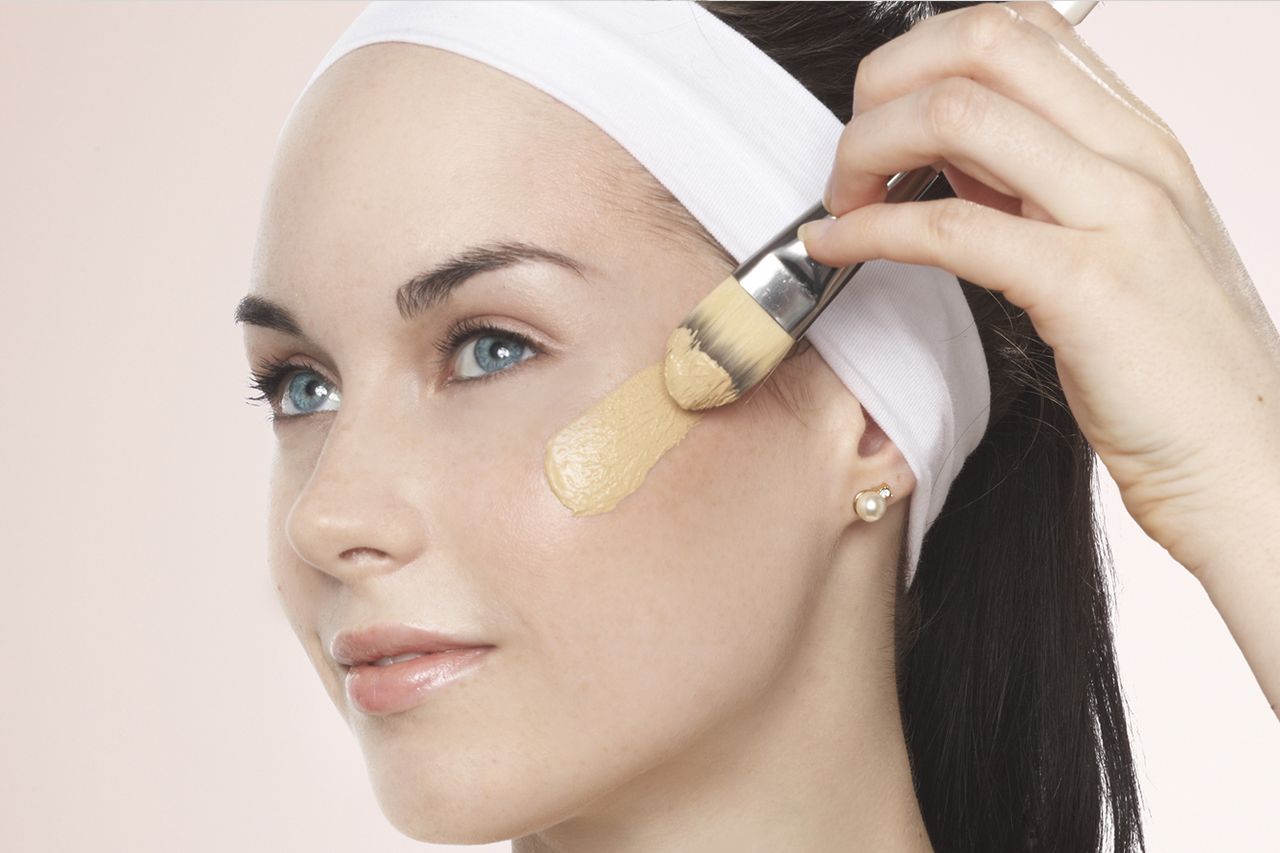
7 Things To Consider Before Buying A New Foundation
Foundation is perhaps one of the most important makeup products because it works as a base for the rest of the make-up. You can have the best make-up look and if your foundation is wrong it can still look bad. There are millions of types of foundations on the market and sometimes it’s difficult to know what to choose, but then again it’s so easy to choose a wrong type of foundation. Every woman has at least once in her life bought a foundation that looked fine in the store but then turned out to be either the wrong shade in natural daylight or completely wrong for her skin type.
These are things that can help you choose the right foundation for you:
1. Your Skintone
Is your skin dark, tan, medium or fair? These are the basic categories of skin-tones. Determining this will make the rest of the process much easier.
2. Your Skin’s Undertone
Your skin’s undertone is the color of your skin that lies underneath the surface of your skin and is composed of different colors. That’s why a painter has to mix a few colors to get the right shade of the human complexion. Most people tend to have warmer undertones. Skin undertone is not to be confused with skin lightness\darkness. Light skin tones can range from warm to cool as well as dark skin tones. Undertones generally fall into these three categories:
Warm undertone: warm undertones are generally yellow or orange based. If you have a warm undertone your skin will have a yellowish or golden tone to it.
Cool undertone: cool undertones lack the warmth that warm undertones have. In these undertones pinkish, reddish or bluish tones tend to dominate more.
Neutral: neutral undertones tend to be more balanced and a mixture of both, warm and cool. However, most people tend to fall either more towards the cool or towards the warm side.
If your undertone is cooler, choose cooler foundations without yellowness in their shade, and if you are warm-based look for a slightly yellow based foundation, but make sure to first match it to your face. Because figuring out your undertone can sometimes be tricky. Be careful, however, not to choose a foundation with too much color in it, because the foundation is meant to even out the skin-tone, not add color to the face.
3. Where to Match the Foundation?
It’s best to match your foundation to your jawline. Or if it’s summertime and you know you are going to reveal your arms and chest area more, match it to your chest. Never match your foundation to your hand, because your hands are often a different color than your face. Also, don’t match it to your cheek, as it often has redness.
Try to stand in natural daylight when you match your foundation, for best results.
4. The Coverage of The Foundation
The foundation coverage determines how much the foundation will cover\conceal the skin.
There are three categories: full, medium and sheer coverage.
Full coverage foundations are better for night looks or if you have a skin with discoloration or acne problems.
Sheer coverage is better if your skin is generally clean and doesn’t need too much covering. Sheer coverage foundations are also better for daily use.
5. Your Skin Type
Is your skin oily, normal or dry?
Dry skin tends to be flaky, sensitive, and look patchy when you apply foundation to it. Foundation also doesn’t blend very well into the dry skin. Dry skin can be a result of genetics, poor diet, dehydration etc. If your skin tends to be on the dry side, stay away for matte foundations and go for dewy, water-based foundations that will hydrate and moisturize your skin.
If your skin is oily, you will find that it looks shiny and that your pores are bigger and get congested more easily. Also, your foundation probably doesn’t last very long. For oily skin choose more matte foundations and stay away from foundations with a shiny\dewy finish.
Normal skin is a combination of both skin types. Some parts are more oily while some are drier. In that case, both matte and dewy foundations will probably look good on you.
6. Oxidation
Foundation sometimes tends to oxidize and change its color (turn a little orange) when you apply it to the skin after a few minutes. That’s why it’s best to wait a couple of minutes and see how it will look when it oxidizes before you buy it.
7. The Base of Your Primer\Moisturizer
Foundations, primers, and moisturizers are silicone, water or oil based.
Your foundation and your primer or moisturizer need to be compatible in order for your foundation to last. They should have the same base. If your primer is silicone-based your foundation needs to be silicone based as well. If your primer is silicone-based and your foundation is water based, they will not be able to mix so your foundation may not last very long. Most foundations and primers on the market are silicone-based.
